The WASP Story
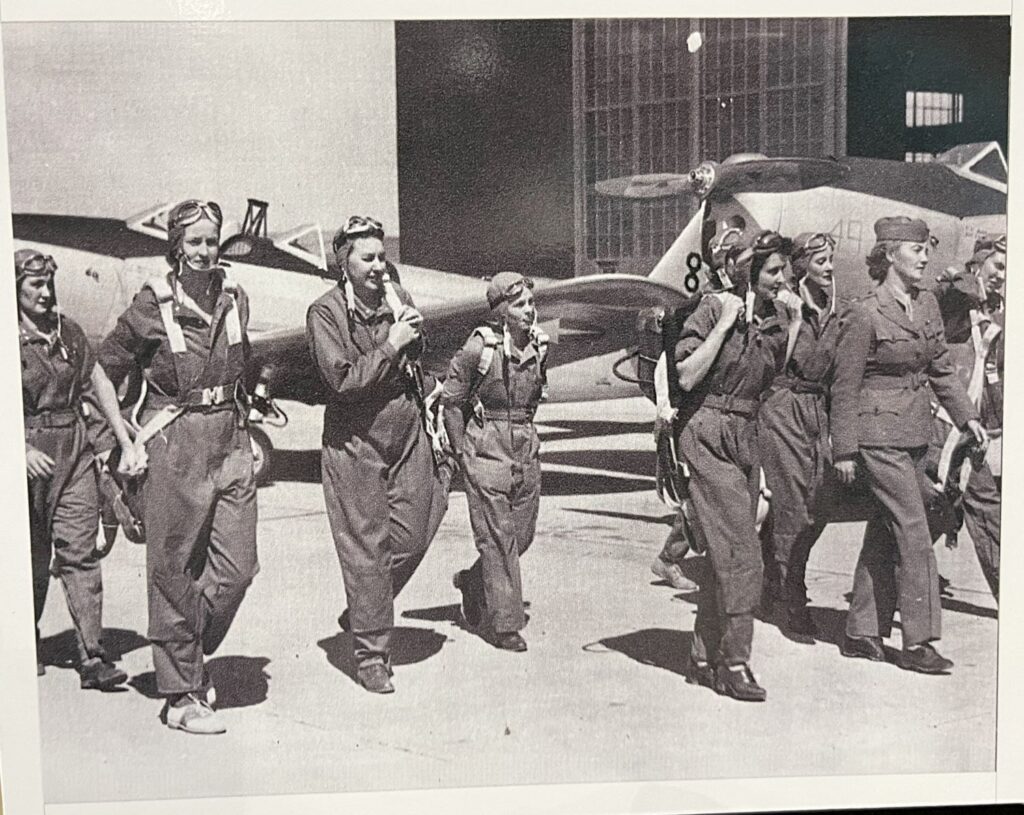
In the Office of Supernatural Directives adventures, Captain Tracey “Mitch” Mitchell is the unit’s pilot. Strange as it may seem to have women flying military aircraft in the 1940s, it was more common than you might think. Necessity broke down some barriers when the government created the Women’s Airforce Service Pilots program (WASP).
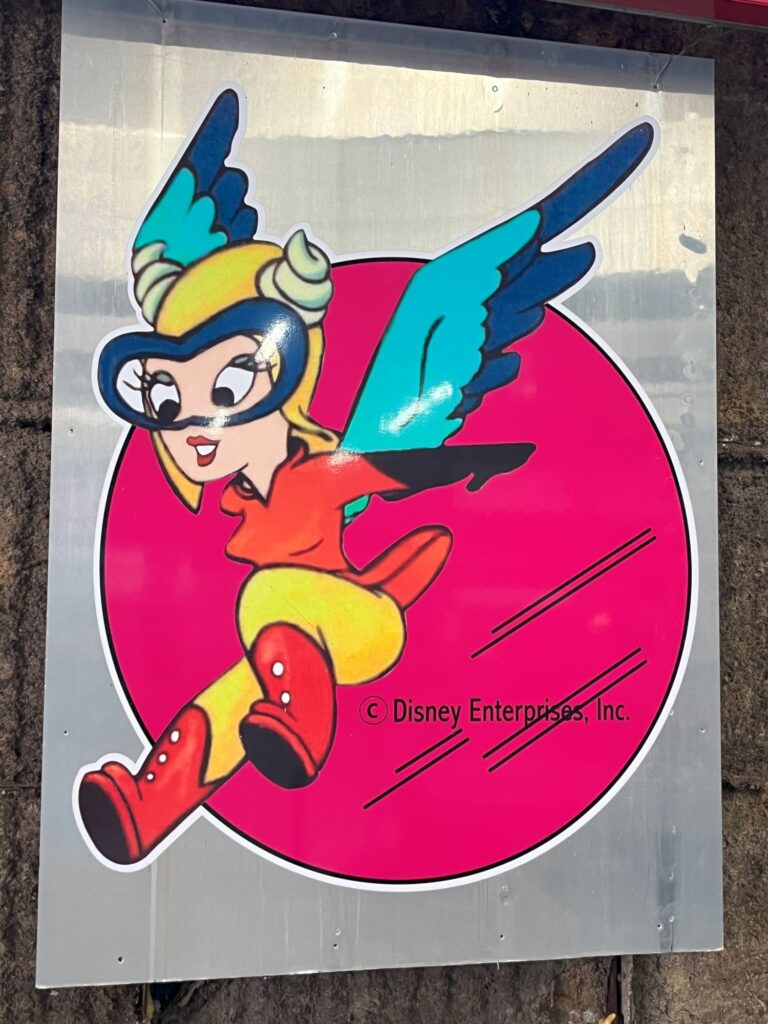
With pilots hard to come by, and every pilot the military trained going straight to combat roles, there were a lot of domestic missions with no one to fly them. These included ferrying new aircraft from the factories, towing targets, and supporting training. In 1942, the Woman’s Aircraft Ferrying Service and the Woman’s Flying Training Detachment started to fill some of those roles. In August 1943, they were merged into the WASP program.
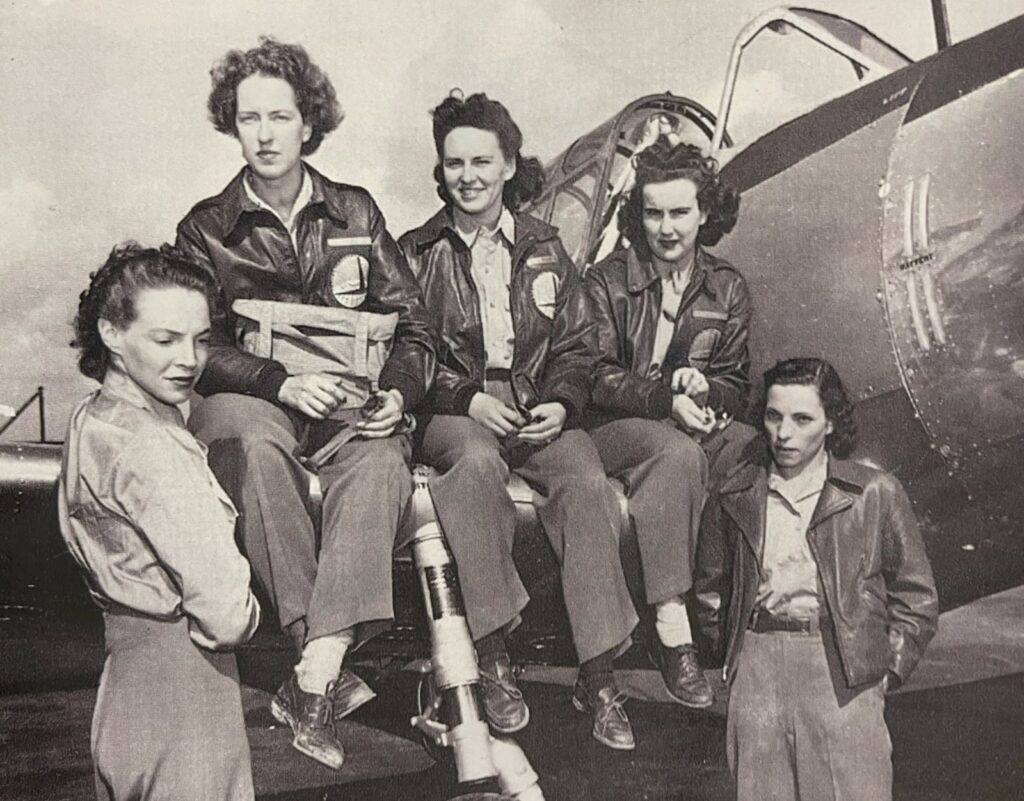
The requirements for a woman to apply included:
- Be 21-35 years old
- Be a U.S. citizen
- Be at least five feet tall.
- Have a high school education
- Possess a private pilot’s license with over 250 hours of flight time (not a requirement for male Army pilots)
- Pass a physical and an interview with an authorized recruitment officer.
25,000 women applied and 1,830 were selected and started training.
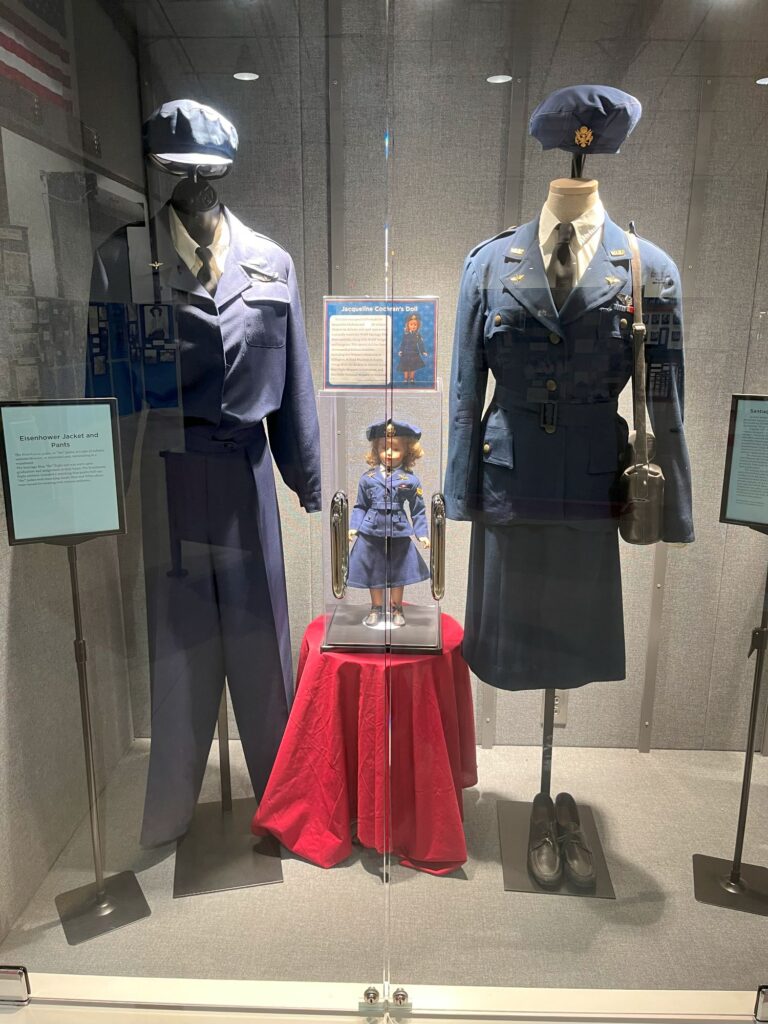
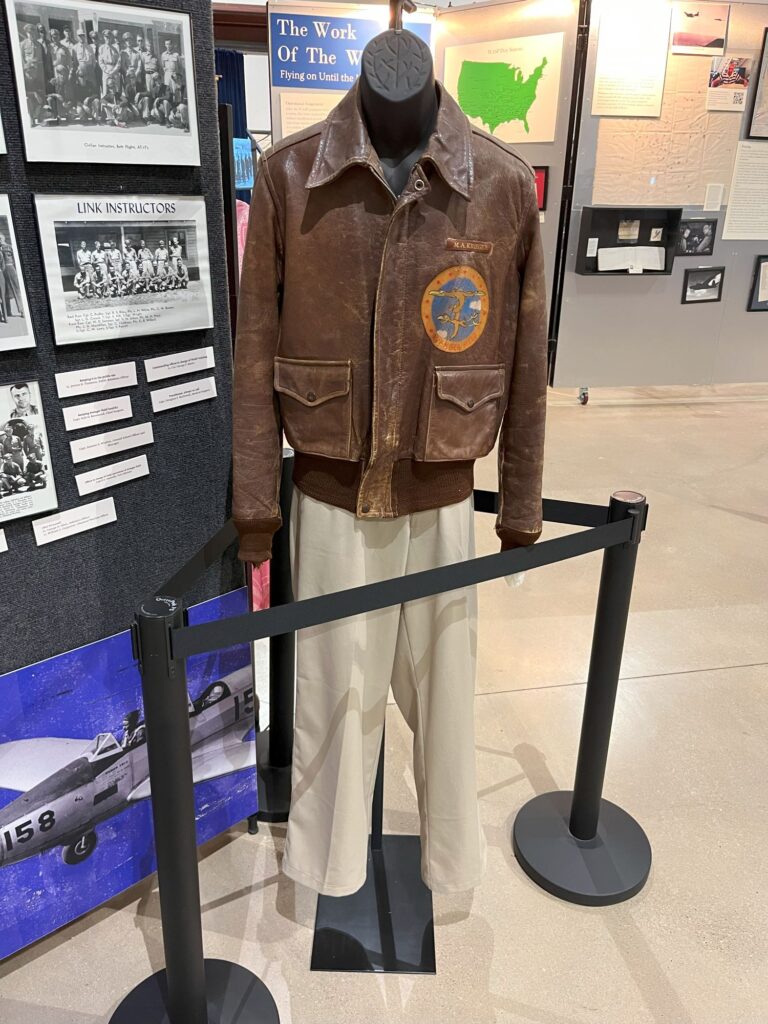
The course of instruction was very similar to what I took as an Army helicopter pilot in the 1980s. It started with 240 hours of ground school that covered math, meteorology, navigation, mechanics, navigation, and Morse code.
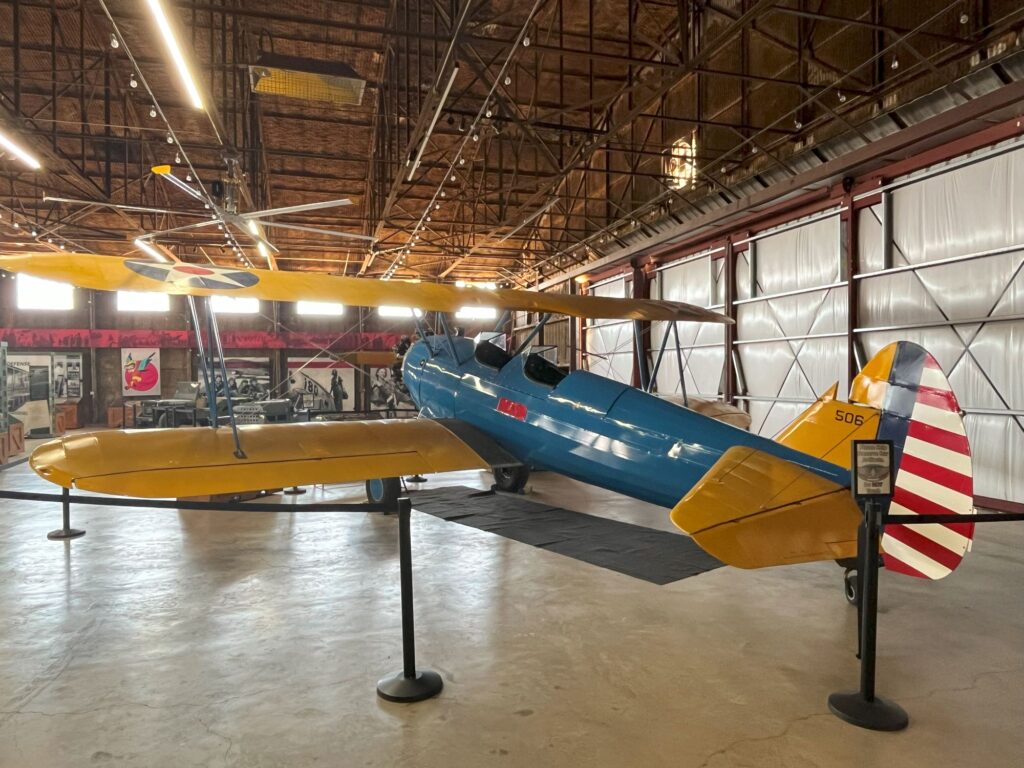
Then there were nine weeks of flight training in several different aircraft. Primary phase was 70 flight hours long in a PT-17, with 42 hours dual and 28 hours solo.
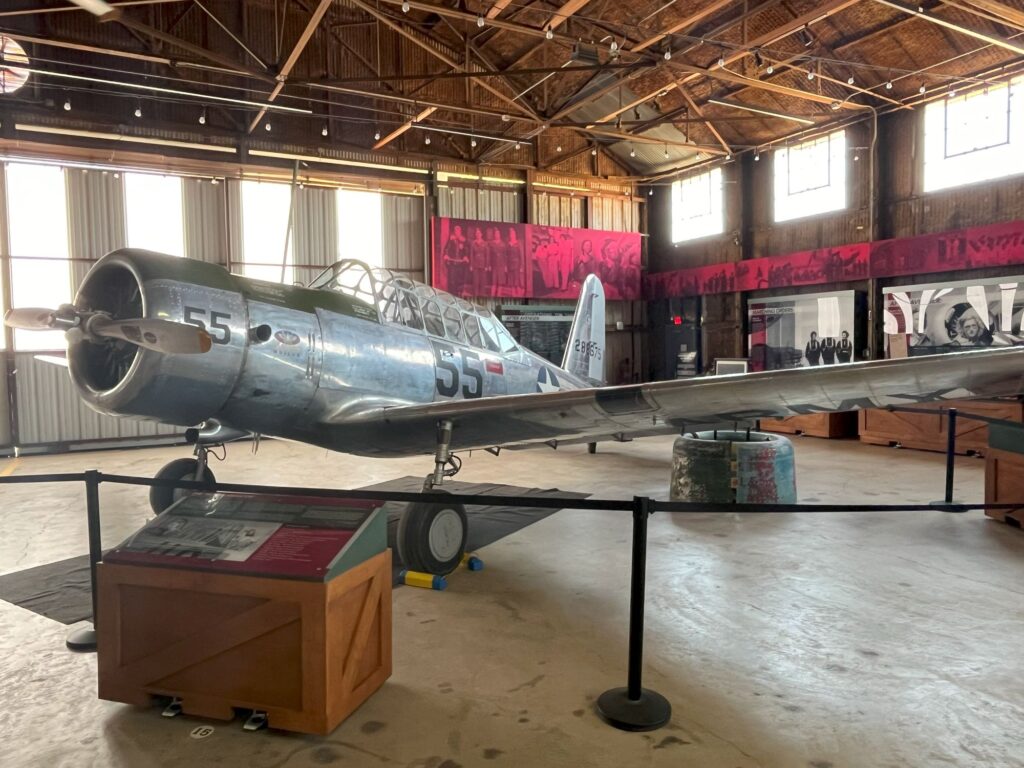
Intermediate phase was 70 hours of instrument and night flying in a Vultee BT-13.
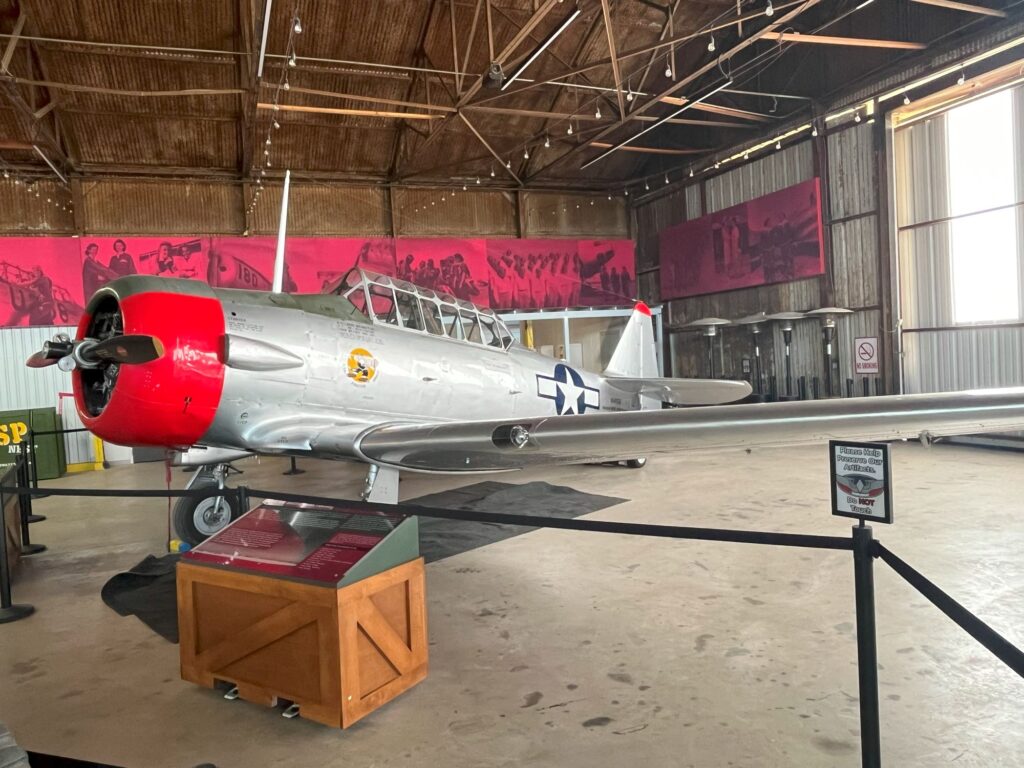
Advanced phase included 70 hours of advanced navigation and night flying skills for long distance flights in a T-6 Texan. After that, the pilot needed to complete two 1,000 mile solo flights in order to graduate. 1,074 of the candidates did.
After that the pilots went on to specific certifications in the aircraft they needed to fly. Those ranged from the latest fighters to multi-engine bombers, including one of the first jet aircraft.
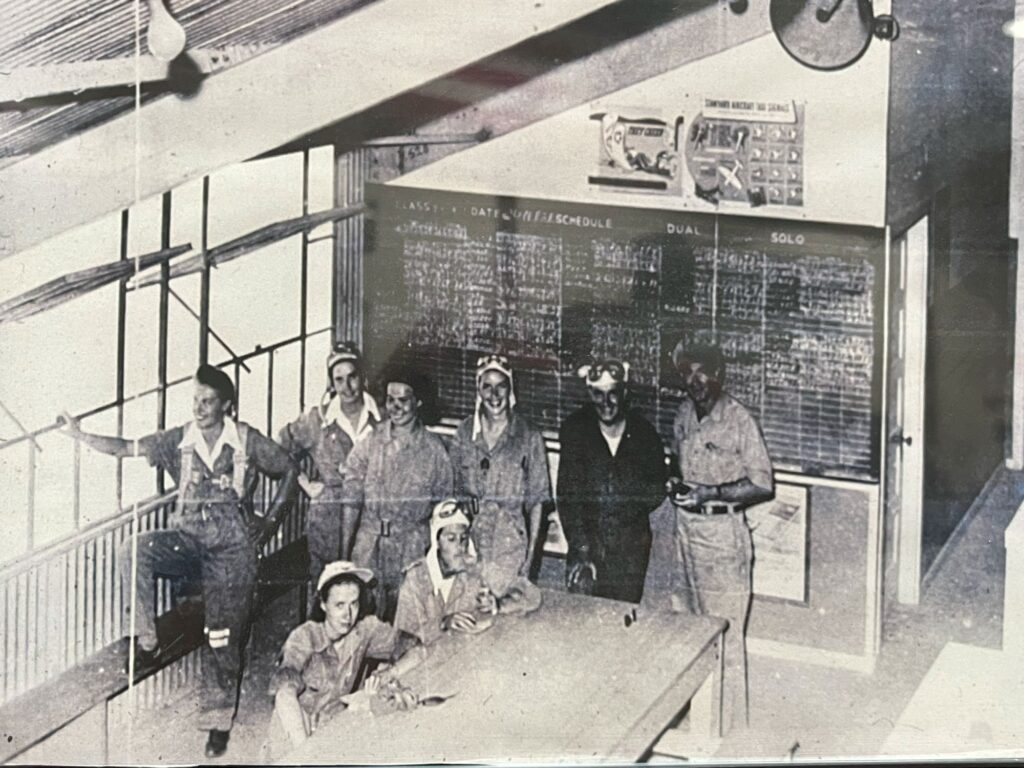
The WASP program was a big success. WASP pilots flew 77 different types of aircraft over 66 million miles. Thirty-eight women died in accidents while flying.
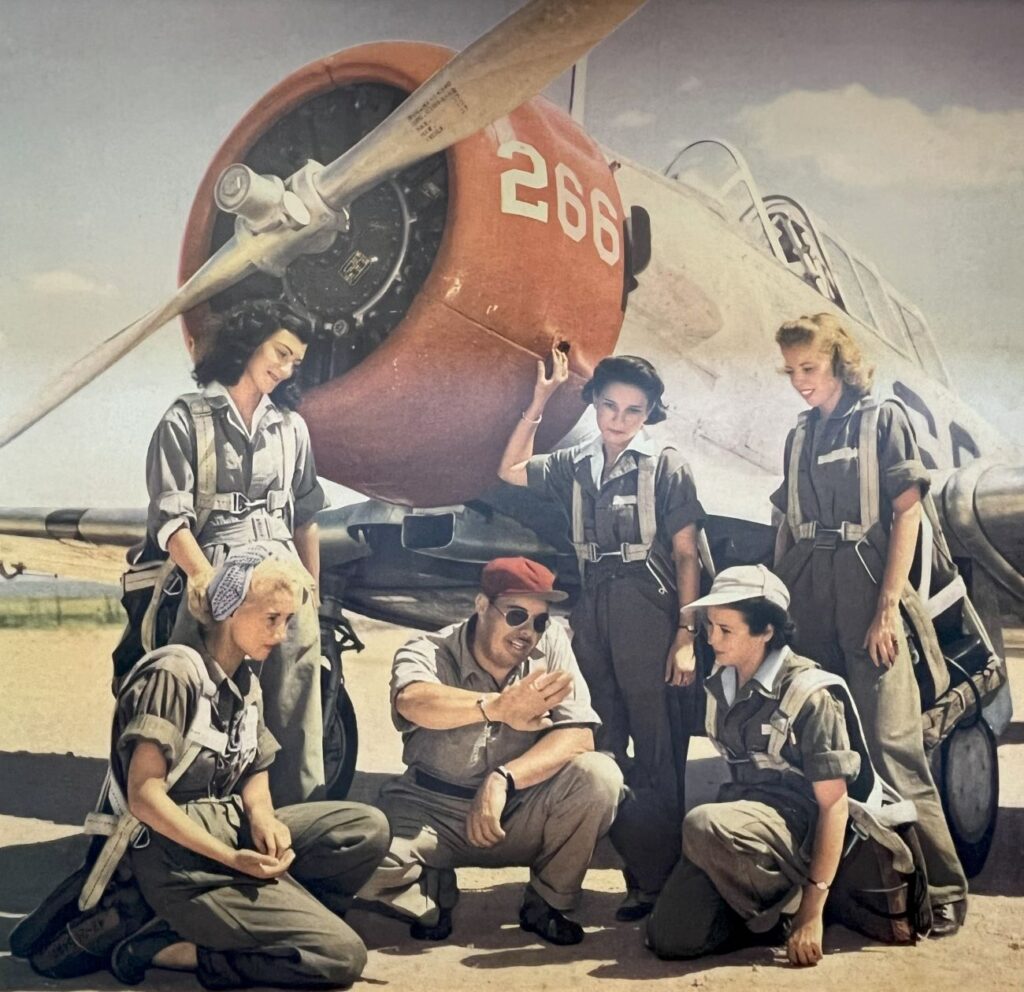
By 1944, male pilots were beginning to rotate back to the States and displace WASP pilots. On Oct 3, 1944, the program was deactivated. By December, all the pilots were back home. The records were sealed. Many people did not believe the women when they said what they’d been doing. The WASPs were forgotten.
The WASP program was never officially part of the military. These were civilian government jobs, so no WASP pilot had veteran’s status. Barry Goldwater spearheaded the effort to fix that, and in 1977 they were finally recognized as veterans and received all the benefits due.
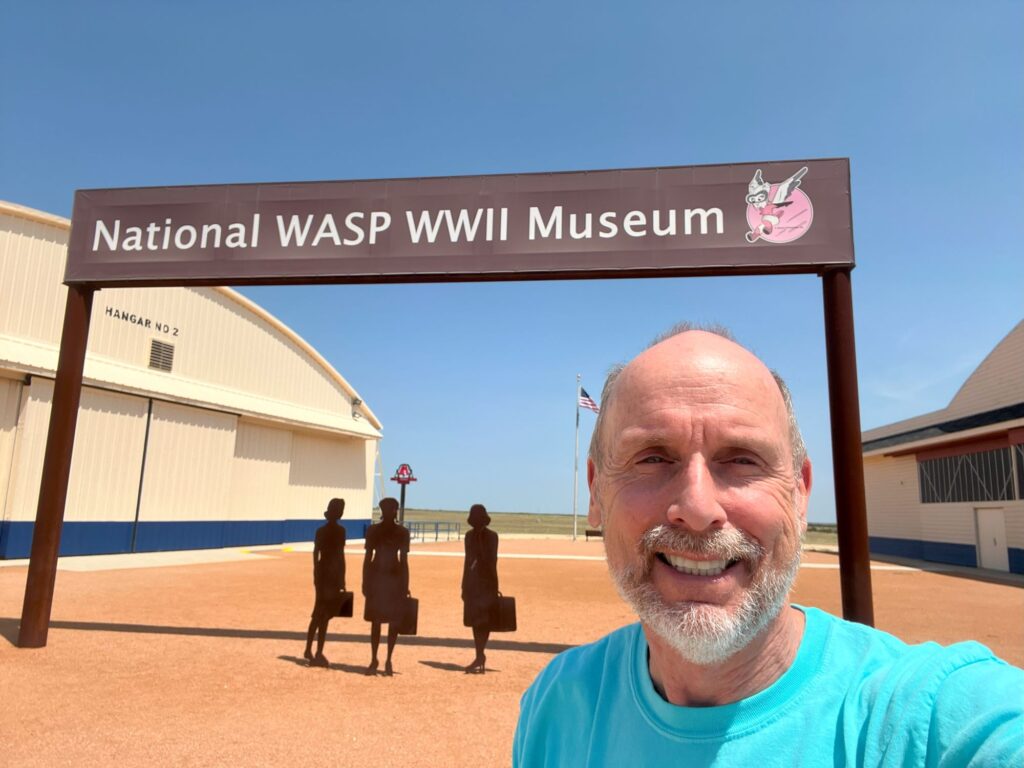
All of these pictures were taken at the National WASP Museum in Sweetwater, Texas, right off Interstate 20 at Avenger Field. This museum gets a 100% recommendation.
If you want to see how fictional Captain Mitchell fares in her adventures with the OSD, you can read Devil in the Desert or Wolves in the Mountains at these links or anywhere you buy your books.

